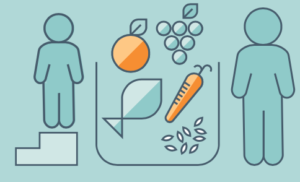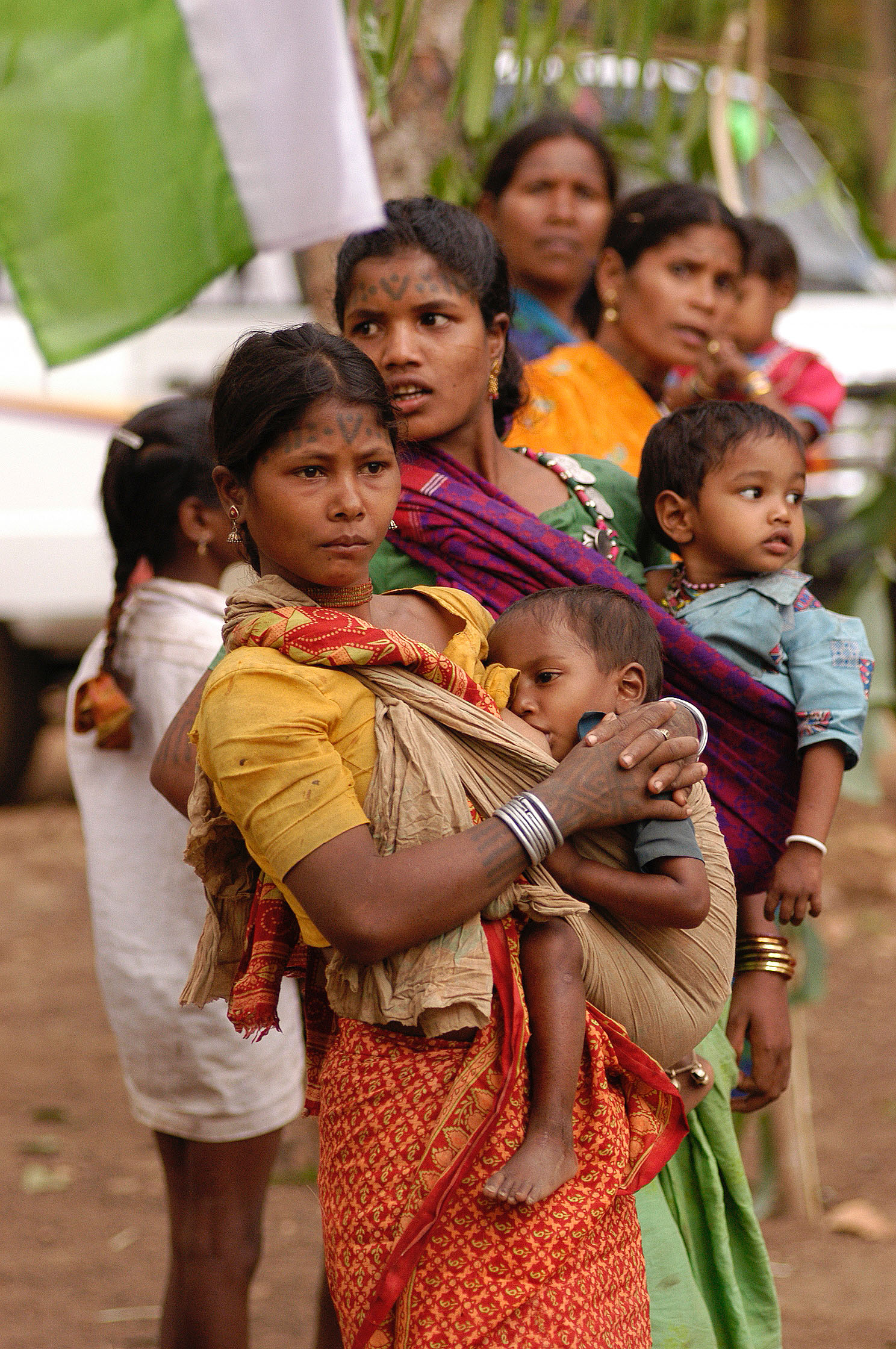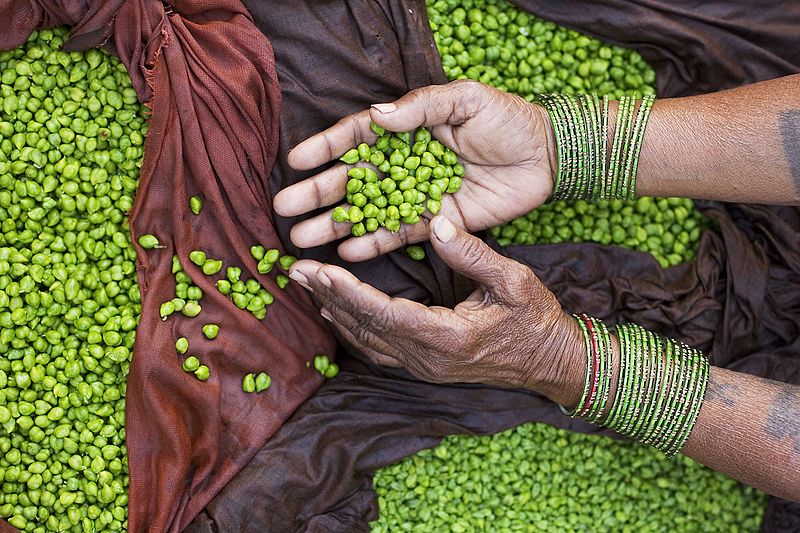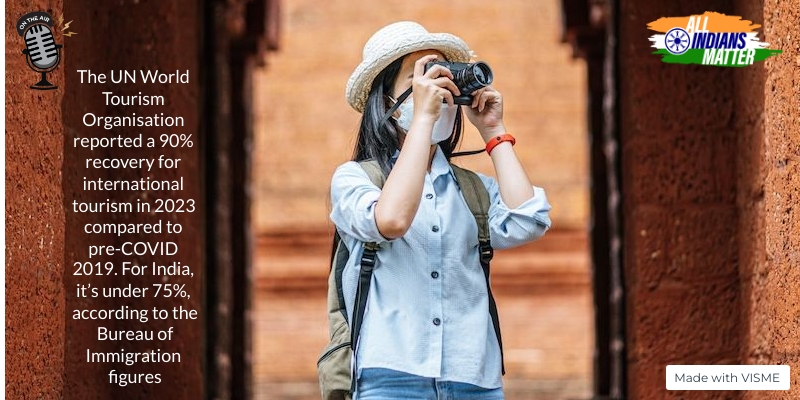By Ashraf Engineer
June 17, 2020
At a time when the COVID-19 lockdown has brought into sharp focus India’s socio-economic imbalances, the recently-released Global Nutrition Report 2020 has pointed to an even greater and longer-lasting pandemic – nutrition inequality.

The Global Nutrition Report 2020 has pointed out that the pandemic has been compounded by poor nutrition among the poor.
Researched and prepared before the outbreak, the report warns that India is likely to miss the global nutrition goals set for 2025. According to the report, India will miss targets for all four nutritional indicators for which data is available: stunting among children under 5 years of age, anaemia among women of reproductive age, overweight children and exclusive breastfeeding. Even more worrying was the report’s warning that India has one of the highest rates of within-country malnutrition inequalities globally.
In 2012, the World Health Assembly had identified six nutrition targets for maternal, infant and young children to be met by 2025. These required governments to:
- Reduce stunting by 40% in children under age 5
- Lower prevalence of anaemia by 50% among women in the 19-49 age group
- Ensure 30% reduction in low-birth weight
- Ensure no increase in ‘childhood overweight’ cases
- Increase the rate of exclusive breastfeeding in the first six months after birth to at least 50%
- Reduce and maintain childhood wasting to less than 5%
While there is some progress in tackling stunting and underweight cases, and initiated programmes to reach the most vulnerable, the report says India remains severely affected by malnutrition.
Between 2000 and 2016, rates of children and adolescents being underweight decreased from 66% to 58.1% for boys and 54.2% to 50.1% in girls. These rates, however, were high compared to Asian average of 35.6% for boys and 31.8% for girls. In addition, 37.9% of children under the age of 5 were stunted and 20.8% per wasted; the Asian averages were 22.7% and 9.4% respectively.

As the population grows, so does inequity – especially when it comes to affording nutritious food.
Inequity erodes nutrition outcomes
There is a clear link between malnutrition and inequity – based on location, age, gender, ethnicity, education and wealth. “Inequity is a cause of malnutrition… Inequities in food and health systems exacerbate inequalities in nutrition outcomes that in turn can lead to more inequity, perpetuating a vicious cycle,” the report warns.
As the population expands, so does inequity. The report says most of the poor cannot access or afford healthy food primarily because agricultural systems favour calories over nutrition and also because highly-processed foods are ubiquitous and cheap. As a result, countries are unprepared for the nutrition crisis.
The findings on stunting, in particular, are dire. India is among the three worst-performing countries – Nigeria and Indonesia are the other two – for within-country disparities. The stunting level in Uttar Pradesh, India’s most populous state, is more than 40% with the rate in the lowest income group (50.7%) more than double that of the of the highest income group (22%). In rural areas, stunting is 10.1% higher than in urban areas.
No wonder the report stressed that the “need for more equitable, resilient and sustainable food and health systems has never been more urgent”. The foreword pointed out: “Although the 2020 Global Nutrition Report was written before the current coronavirus pandemic, its emphasis on nutritional well-being for all, particularly the most vulnerable, has a heightened significance in the face of this new global threat.”
It added: “There is a real risk that, as nations strive to control the virus, the gains they have made in reducing hunger and malnutrition will be lost.”
Like society, COVID-19 discriminates against the poor. “COVID-19 does not treat us equally,” says the report. “Undernourished people have weaker immune systems, and may be at greater risk of severe illness due to the virus. At the same time, poor metabolic health… is strongly linked to worse COVID-19 outcomes, including risk of hospitalisation and death.”

Nutrition is as important in the fight against coronavirus as any medical strategy.
Time to correct course
As we tackle the pandemic, it provides us an opportunity to correct historical nutrition and healthcare disparities. By using optimum nutrition as part of the response to the pandemic, we could establish synergies between public health and equity.
Clearly, there is a need to “mainstream” nutrition into food and health systems with clear accountability to ensure results. For instance, a change in agriculture systems could be part of the larger solution. Instead of focusing on staples such as rice and wheat, countries like India could produce a more diverse range of healthier foods such as fruits and nuts.
By ensuring enough food that covers basic nutrition needs is distributed to the most vulnerable, food systems could move towards becoming more equitable and efficient.
Further, the nutrition response could be stepped up to address challenges faced by specific populations such as the old and those with pre-existing conditions, focusing especially on women and children.
By integrating nutrition into universal health coverage “as an indispensable prerequisite for improving diets, saving lives and reducing healthcare spending”, it would lower the burden on our healthcare systems.
In the days to come, nutrition will be as important in the fight against the pandemic as any other factor. We will need better coordination amongst government agencies (India’s performance on this front is discouraging), bigger budgets and accountability. The disruptions to our health services, supply chains, economies and livelihoods will be felt most by the lower-income groups with implications on health and nutrition, and strains on social safety nets.
As the report warns, the gains made on the nutrition front must be protected even as we adjust for a post-COVID-19 reality. In fact, once the pandemic ends, the need for public health and nutrition strategies that work will be felt even more. This would be a true pro-equity agenda with merely five years left to meet the 2025 nutrition targets.
Pictures courtesy: Wikipedia, Wikimedia Commons, Global Nutrition Report 2020






